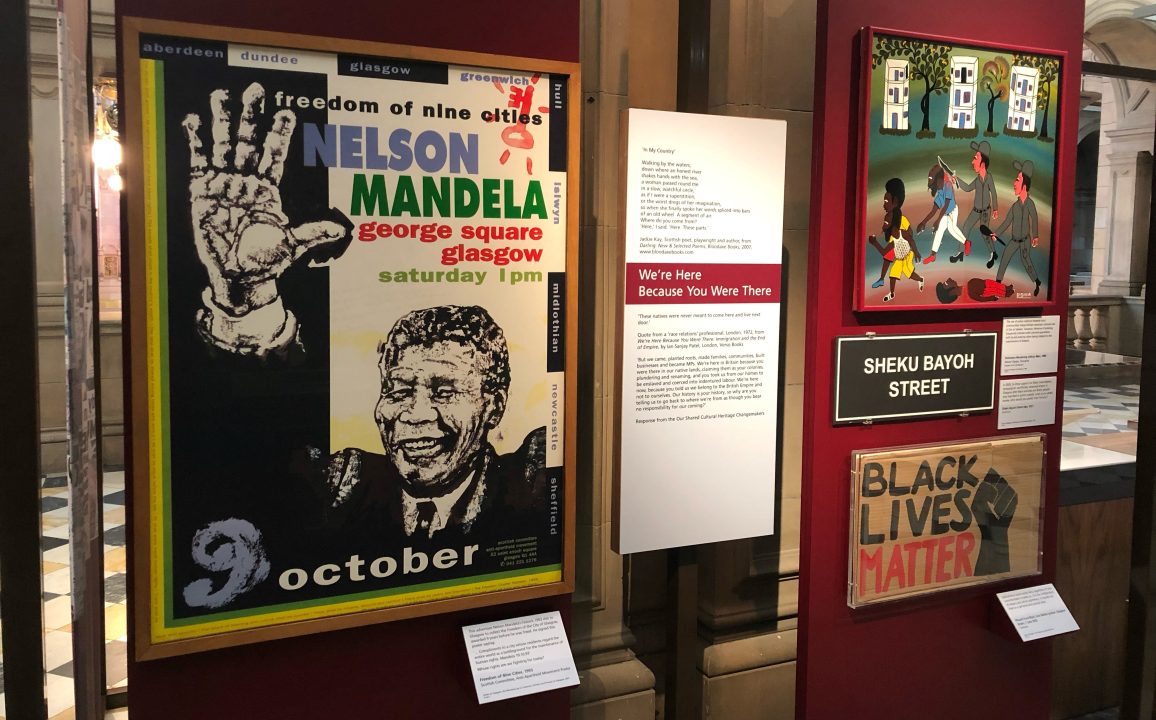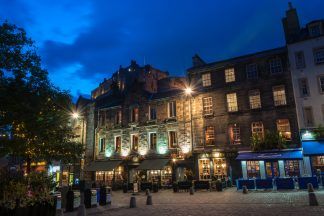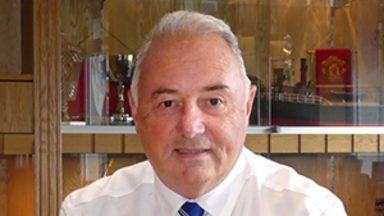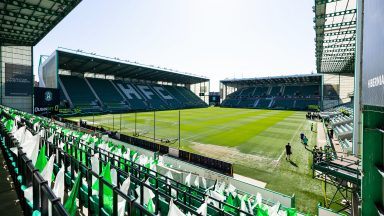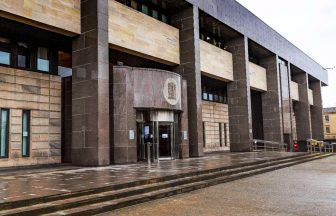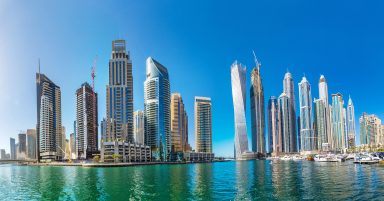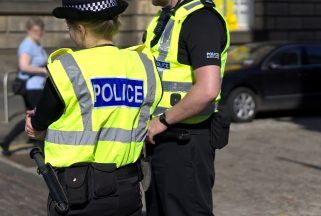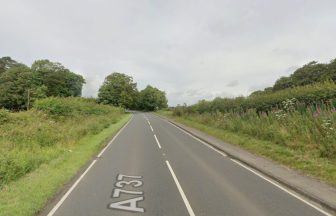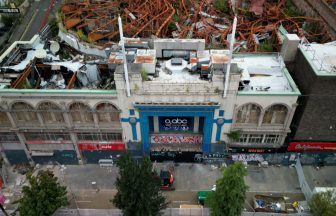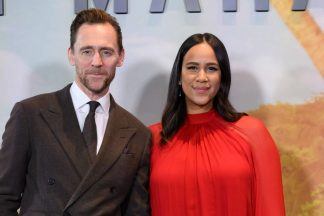Glasgow’s links to transatlantic slavery and colonialism will be explored in a new exhibition at Kelvingrove Art Gallery and Museum.
“Glasgow – City of Empire” highlights how the museum and wider city have been rooted in imperialism.
Known as “the second city of the Empire”, Glasgow was a major trade route for sugar, cotton, and tobacco, as well as a shipbuilding hub.
The city’s involvement in the slave trade is commemorated with place names including Merchant City and Jamaica Street, as well as a statue of Sir Robert Peel, a prime minister who delayed the abolition of slavery by opposing the Foreign Slave Trade Abolition Bill in 1806.
A content warning placed at the entrance of the exhibit reads: “Some of the objects displayed contain racist language and images which may cause discomfort and pain. We invite you to sit with this discomfort, confront the realities of racism, and consider how we can tackle racism together.”

Nelson Cummins, Glasgow Life Museums’ Curator of Legacies of Slavery and Empire says the exhibit is a chance to address some of the present-day legacies left by empire.
He said: “The overarching message of the display is that the histories of slavery and empire aren’t only essential to understanding the past of Glasgow, they also play a key role in shaping the present of Glasgow – the city that we all walk around, live and work in today.
“Especially because if focuses on a history that we’re not always taught at school, we’re hoping it’s a good opportunity for the wider public — but also school kids and teachers, and could hopefully have a role in broadening the curriculum as well.
“As soon as you start to acknowledge these histories and educate the public on these histories there can be a wider call for action, and I think that’s only a positive think in terms of not only having a fuller understanding of the past but also addressing some of the present-day legacies of that as well.
But curators are also keen to shine a light on Glasgow’s resistance to racism.
Mr Cummins added: “We have a poster of Nelson Mandela’s visit to the city and advertising anti-apartheid movements that existed within Glasgow within the 1980s and 1990s.
“We thought it was really important to include this because we wanted to highlight that anti-racist activism and protest has been a big part of Glasgow’s history.

“A lot of the time you can get that comment that these movements started with the Black Lives Matter movement and protest of 2020 and we were keen to highlight that there’s a broader history of that and anti-racism has been a huge part of Glasgow’s past as it is its present.”
And those involved include ‘The Changemakers’ – a group of young people who explore the shared cultures and histories of the UK and South Asia and say they’re “absolutely thrilled” to be unveiling the exhibition.
“Part of our work is exploring what it means to decolonise museums as institutions and we hope that many people, especially people of colour living in Glasgow, benefit from seeing a display that accurately reflects the lived realities of people of colour, both historically and currently.
“This display allows the public to see the importance of including young people of colour’s voices in exhibitions of this nature while combating the collective amnesia in Scotland regarding atrocities such as transatlantic slavery and British colonialism.”
The Glasgow – City of Empire exhibition is free to visit and opens to the public on Friday.
Follow STV News on WhatsApp
Scan the QR code on your mobile device for all the latest news from around the country


